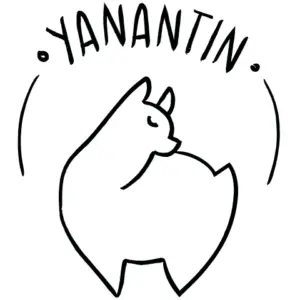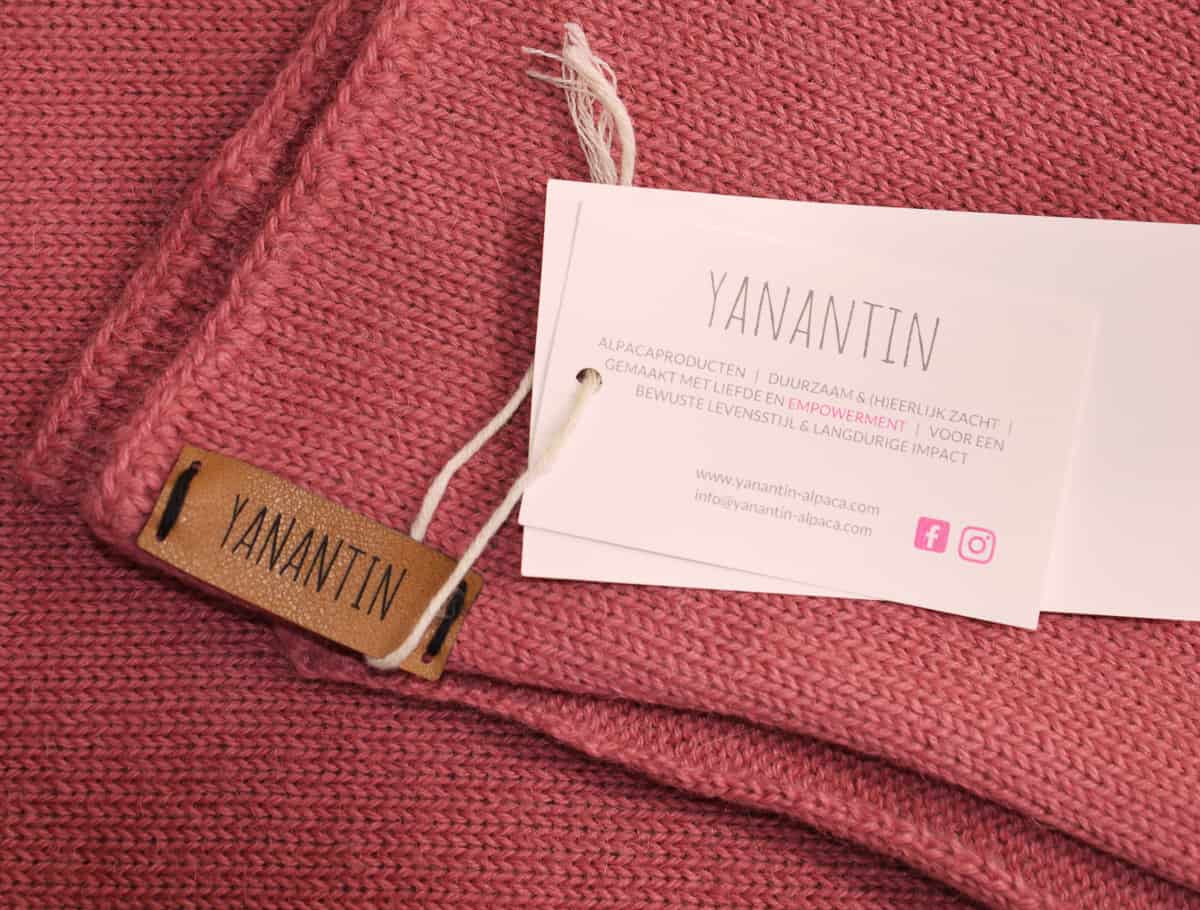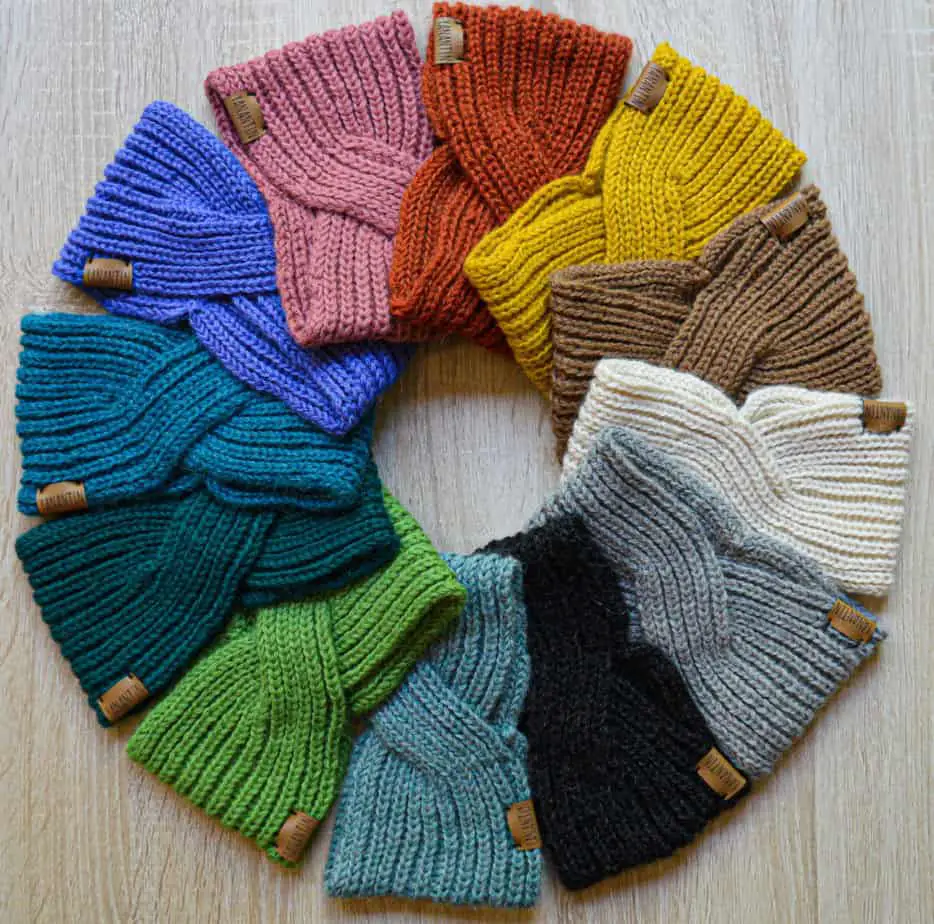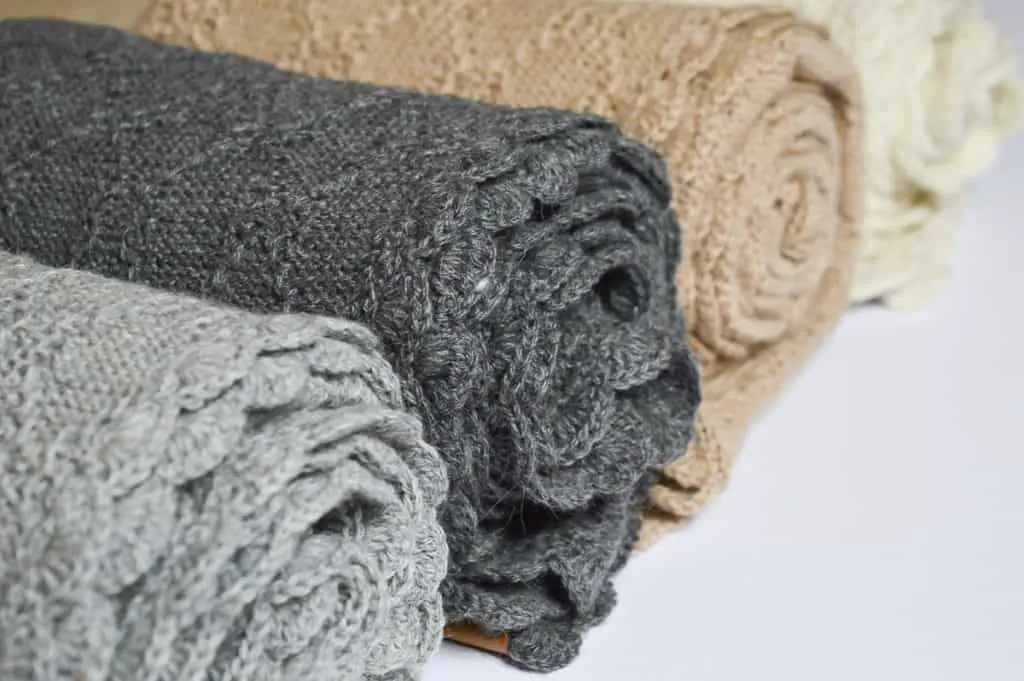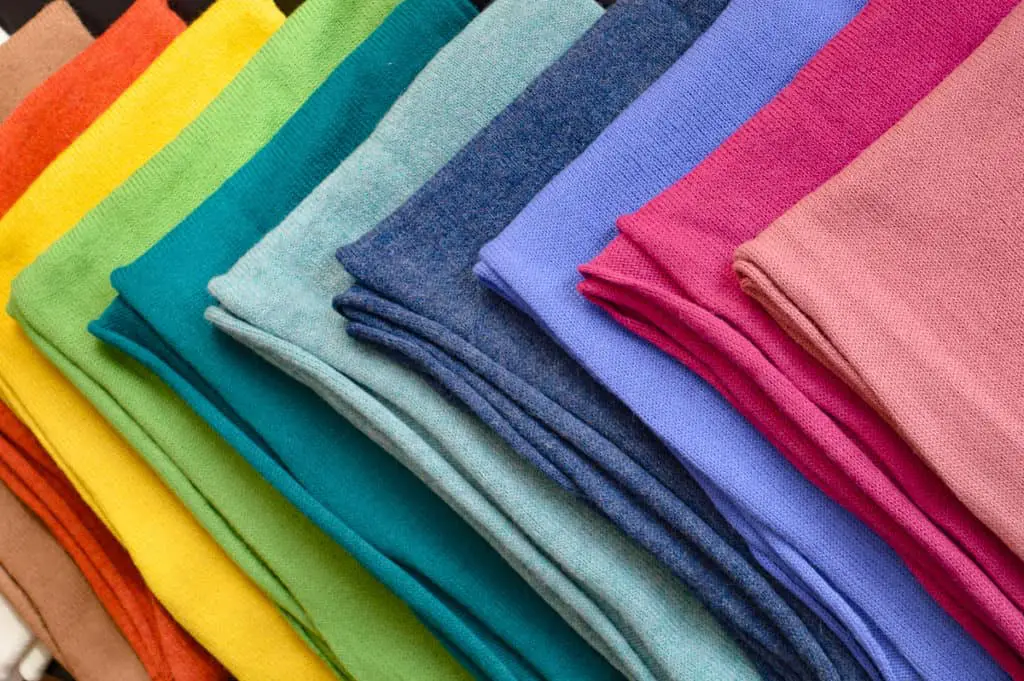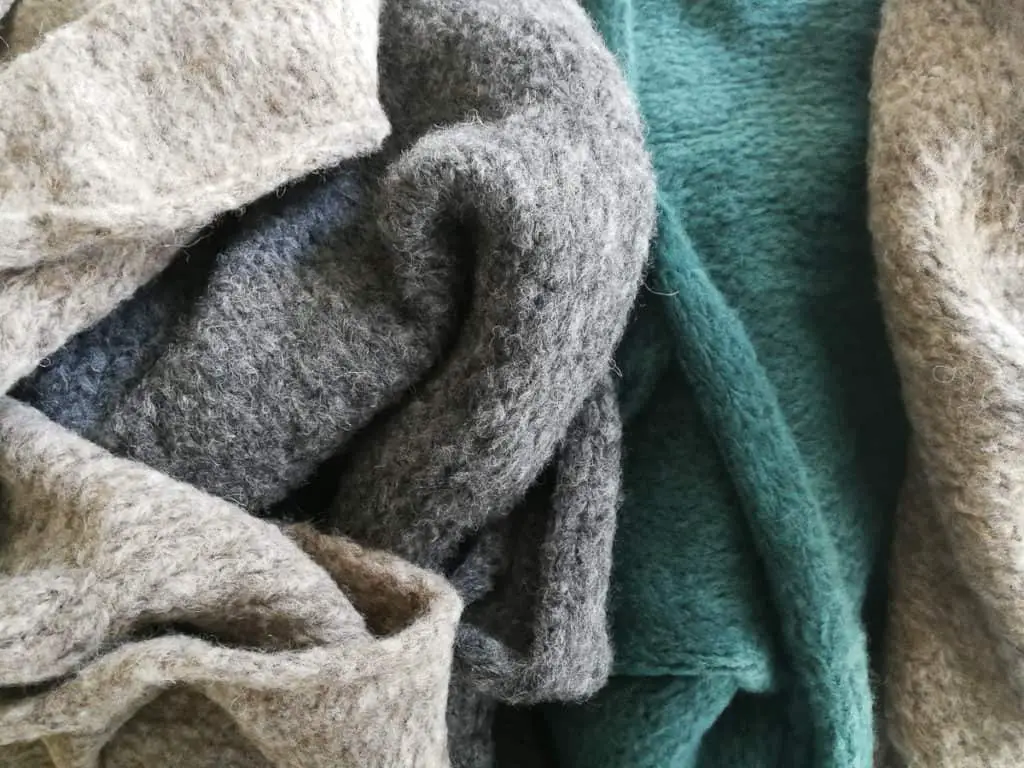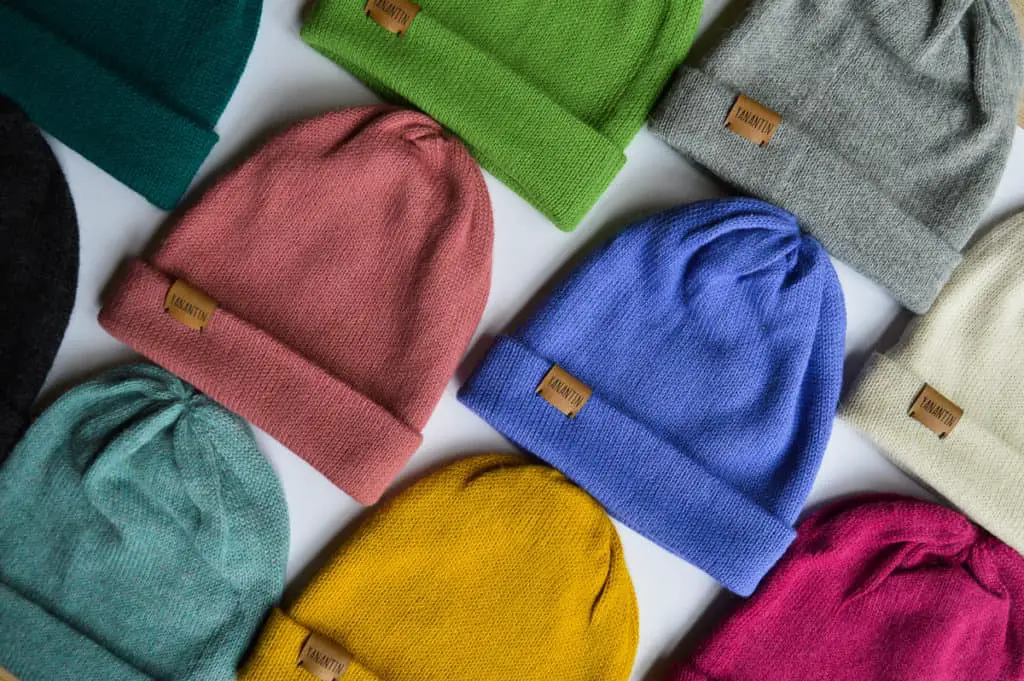Alpacas are adorable, fluffy and funny, but why are the wool and the products made with it so expensive? It is a question I am often asked as a producer and seller of alpaca products. There are many good reasons why alpaca wool is expensive.
http://schottremovals.co.uk/serena-p-20012018/ Alpaca wool is expensive because it is a high quality, exclusive fiber. Alpacas can only be shorn once a year, which makes its availability limited. Prices increase when garments are fair-trade, animal-friendy and of fine (high) wool quality. Products made in Peru are generally more expensive.
While alpaca woolen products may have a high price tag, they actually have a great price-quality-ratio. Let’s see why alpaca wool might seem expensive, but is actually worth the cost.
1. http://ifcus.org/wp-content/plugins/ubh/up.php Producing Alpaca Wool is Labor Intensive
Alpacas live in the Andean highlands, spread across Peru, Bolivia, Ecuador, Chili and Argentina.
Shearing alpacas requires special skills and knowledge to maintain the high quality of its fleece. Being different from other animals, the shearing process adds to the exclusivity and price of the yarn, and thus its products.
The Shearing Process
The shearing process is not necessarily time consuming, but definitely requires skill. On top of that, it is also important that it is done correctly in order to protect the animal from getting hurt.
Shearing an alpaca requires several people, often one or two to keep the alpaca quiet, one person to shear the animal, and one other person to collect the wool.
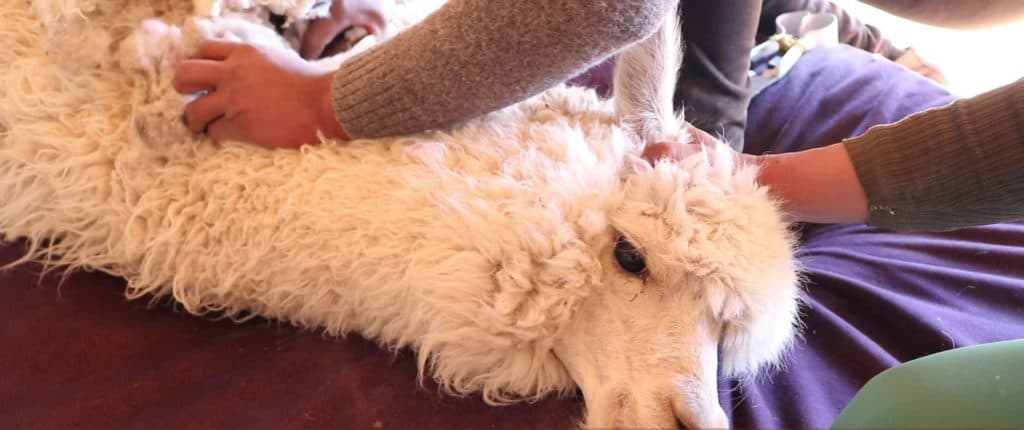
The shearing process exists of several phases: You can find more information in this booklet from Practical Action (Soluciones Prácticas):
- 24 hours before starting the shearing process, the alpaca needs to be placed in a dry space, so that the hair is dry before it is shorn. Alpacas are sorted by race, color, and age.
- The animal is attached firmly to make sure that the animal doesn’t make any sudden movements and could potentially hurt itself.
- The alpacas lay flat on the floor with their feet stretched out. They are often put on sacks to make collecting the wool easier.
- The shearing itself is done manually with simple razors (Peru) or scissors (Bolivia). It is important that the wool is shorn off in one cut (with as little going back and forth as possible) to get the highest quality yarn.
- After the shearing process, the hair is sorted, washed, and dried.
- Then, it is roughly spun onto cones that can be used for knitting or weaving. This is done either manually or with machines.
- Alpaca wool comes in 24 natural colors, but can be dyed using indigenous (natural) dyeing methods or industrial dyes.
Given that alpaca wool comes from living animal, you want the shearing process to be done correctly without hurting the animal. Therefore, it is important to consider the time and effort put into the shearing process.
If alpaca breeders and shearers weren’t compensated fairly for their work, the alpacas would suffer from quick and dirty shearing methods: increasing the stress on and potential damage done to the animals.
If you care about animals, you don’t want to cut the price. The ones who would suffer are the workers at the beginning of the production chain.
2. Alpacas Are Only Shorn Once a Year
In order to assure good quality alpaca wool, it is important that they are shorn (only) once a year. There are three reasons for this:
- Longer hair produces stronger wool of better quality
- Alpacas need their fur in winter to protect them from extreme weather
- Alpacas need to be shorn in summer because they don’t naturally shed
The shearing season is in spring or early summer, when their fur is long enough to make for high quality yarn. When the pieces of hair are spun together, longer hairs will make for stronger wool. Fibers that are shaved off more frequently will be shorter and thus of lesser quality, as they are less likely to interlock and more likely to break.
Generally, 2.76 in. (7 cm) is the minimal fiber length for producing industrial yarn and 3.94 in. (10 cm) is the minimum required length for handcrafted yarns.
In one year, the fleece grows 5 to 10 inches (12.7 to 25.4 centimeters), according to The Alpaca Hacienda. Frequent shearing is therefore discouraged as it will produce a lower quality wool.
When alpacas aren’t shaved, the ends of their hair will become fragile due to extended exposure to heat and sunlight. The tips might even burn off and die. This deteriorates the quality of the wool and can be prevented by annual shearing.
Shear Sparingly But Do Shear!
Alpacas need the yarn that Mother Nature has given them. If they are shorn in other seasons than spring or summer, or more than once a year, it is likely that the alpaca will not have enough fur to keep itself warm.
In South America, the shearing season is from October to March, but the actual shearing mostly happens in October and November. During colder times of the year, it is important that the alpaca can protect itself from cold and extreme weather.
That being said, in other parts of the world where it is warmer (Southern USA, for example), it could be important that alpacas are shorn more often, to make sure they don’t overheat in summer. According to Cotton Creek Farms, alpacas don’t shed their fur naturally.
- The fact that alpacas can (and should) only be shorn once a year causes the price to be higher compared to animals that can be shorn more regularly (providing more fleece anually, thus lowering the cost). It makes the fiber more exclusive, and exclusive things are simply more expensive.
3. Alpaca Wool Is a High Quality Material
Alpaca wool is known for its high quality features, which can only be possible when alpacas are taken care of properly. Shearing them anually is a condition for producing high quality wool. Nutrition is another important factor.
If the demand for alpaca wool would grow exponentially, it would encourage more frequent shearing, which would eventually lead to producing low quality wool, meaning that many of the special features of the alpaca fiber would decrease or disappear altogether.
The reason why alpaca wool is worth it’s high cost, is because of its many different, high quality features, like the following:
- durable
- elastic
- flame resistant
- hypoallergenic (allergy free)
- isolating
- itch-free
- lightweight
- natural colors
- resists odors
- soft
- stain resistant
- strong
- sustainable
- water repellent
- windproof
- wrinkle-free
Read more about the qualities of alpaca wool in an article I wrote: What Are The Qualities of Alpaca Wool?
If alpaca wool weren’t as expensive as it is now, it’s popularity would outgrow the supply risking the natural cycle of hair-growth vs. annual shearing. By keeping the price of alpaca wool high, it maintains a natural balance between the supply and demand of alpaca woolen products.
4. Alpaca Wool Comes From South America
Alpacas originally live in the Andes of Peru, Bolivia, Ecuador, and Chili. They live at high altitudes from 2,500 to 4,500 meters above sea level (MASL).
At these altitudes, the weather can be extreme and they need their fur to protect them from icy winds and frequent down-pours.
In one day temperatures can drop far below 0 degrees Celsius and raise to be over 30 degrees Celsius on that same day.
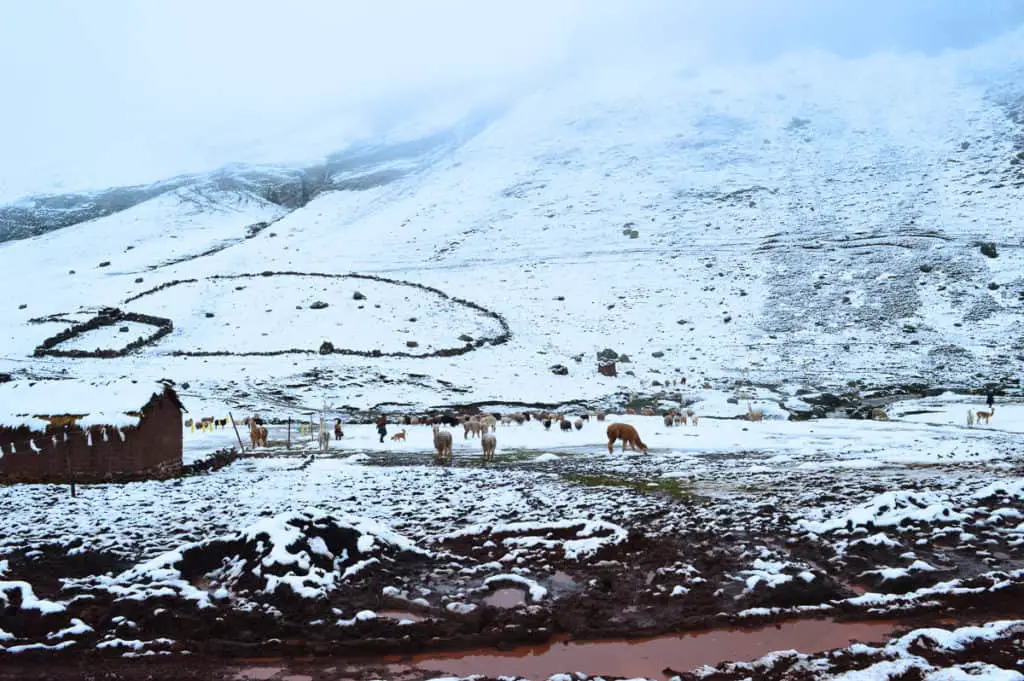
It is thanks to their natural habitat that alpacas have adapted over time and have grown a fleece that helps protect them from wind, rain, cold, and sun. Thanks to that fleece, we can benefit from a warm and fluffy fiber that protects us too!
But it is also thanks to their habitat that most of the world’s alpaca woolen products are made in Peru. According to Peru.info, 90% of the world’s alpaca wool is exported from Peru, and 80% of all alpaca wool is produced in Peru.
Shipping costs, limited availability, limited experience and knowledge of “exploiting” the market, and limited competition all contribute to the current price of alpaca wool.
- Personally, I think this is a good thing. If you compare the alpaca industry to cashmere, angora, mohair and merino wool industries, you will see that alpaca has not grown “outgrown” itself (yet).
The other industries have exploded at the cost of animal wellfare. I truly hope that this never happens to alpaca!
5. Important Things to Consider: Who Makes Your Item?
Fair Salaries
Given that alpaca yarn comes mostly from South American countries, many of the items made with its wool do so, too. Despite the fact that alpaca farms are growing in popularity, Peru remains the leading producer of alpaca wool (and the primary home for the animals), followed by other countries all over the world, like the USA, Australia and the UK.
You might think that labor in South America is cheap, which it probably is, most of the time. Nevertheless, it is important to keep in mind that not all cheap labor is honest labor, and that many brands, organisations and NGOs have surged in order to secure safe and honest work environments and wages.
Consequently, there are many beautiful brands that will charge higher prices because they actually pay a fair salary to its employees.
It is worth investigating into the producers behind a brand. Sustainable fashion is not only about the quality of your clothes, but also about the quality of life of the people who make it.
Because of this, I started my own brand of alpaca woolen products. I buy the wool from a Bolivian producer who works with local farms in very isolated and indigenous communities. The knitters of Yanantin are women who get paid a more-than-fair salary and work flexible hours.
Check out my products here:
Pure Alpaca Versus Blends
Are you comparing prices between different products? As you might understand the way an item is made can use different proportions of wool.
For example, items can be woven, knitted, crocheted, etc. They can use small stitches, or big stitches, use small points or big points, single or double yarn, etc. Read for the details to see if an item is fairly priced for its size and production.
- Knitted garments generally use a lot of wool and can therefore be more expensive.
Another reason why prices can differ is because some items might use some type of blend, rather than 100% alpaca wool. If something looks too good to be true, it just might exactly be too good to be true!
- Some brands can sell their products as alpaca wool, but might use a blend that includes acrylic or other types of synthetic yarns to reduce cost.
What Should an Alpaca Woolen Products Cost?
A scarf that is made of 100% alpaca wool, should cost anywhere from 60.00 USD (small size) to 250.00 USD (large cape). Baby alpaca is more expensive, as it can only include high quality alpaca wool.
I actually wrote an article in which I compare the cost of alpaca wool in much more detail:
How Much Should An Alpaca Garment Cost? (Online VS. Peru)
When in a store you can recognize real alpaca by touching it. 100% alpaca wool feels cool to the touch, whereas blends and acrylic fabrics will feel warmer. Real alpaca also feels smooth and soft on both the inside and outside.
Read more about this topic in another article I wrote: How Can You Recognize Real Alpaca Products?
Or watch a video I made about this:
